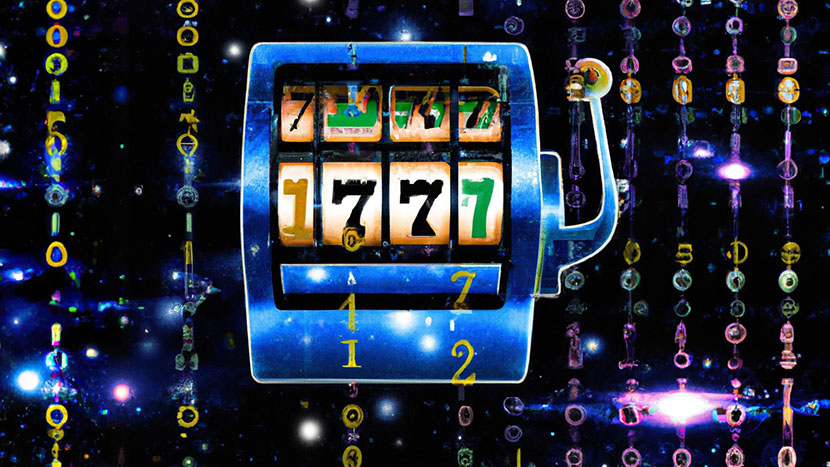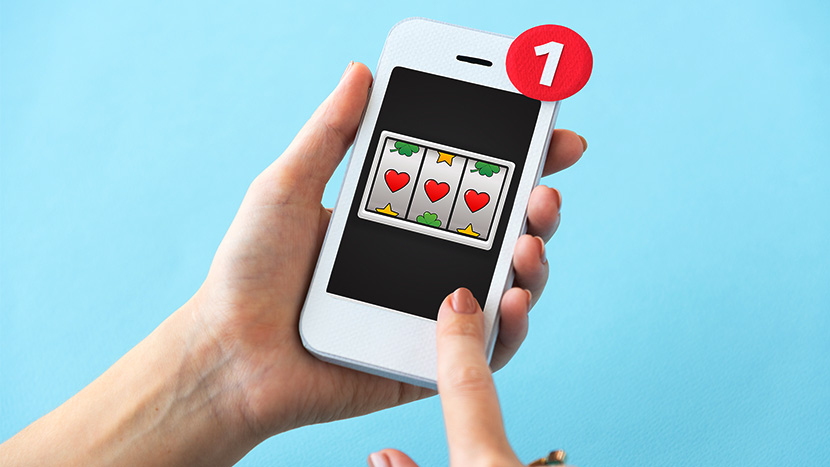The Science of Chance: Unravelling the Mysteries of Slot Machines
Ever wondered why the allure of the slot machine is so potent? Whether it’s a classic one-armed bandit, a flashy video slot, or a pub fruit machine humming in the corner, these devices have captivated our imagination and dominated casinos worldwide.
But what’s the science behind these mesmerizing machines? Let’s delve into the fascinating world of slot machines and uncover the technology that keeps us pulling that lever.
The Birth of the Bandit Machine
The history of slot machines dates back to the late 1800s during the California Gold Rush. Gustav F.W. Schultze invented a small countertop gambling machine that accepted nickels and determined payouts via a star wheel connected to a coloured disk.
Charles Fey perfected this machine by adding three wheels instead of one and changing their orientation so that they flashed symbols of playing cards through a window. This was the birth of the bandit machine, a term that still resonates today.
Fast forward to the 1960s, and the first electronic slot machine was introduced by Bally Manufacturing Company. This innovation replaced mechanical slides with electromechanical sensors and featured multiple payout lines and diagonal matchups, allowing many more winning combinations.
Pub slot machines, also known as fruit machines, have become a staple in pubs across the UK. These machines are known for their unique features like the “hold” and “nudge.” The “hold” allows players to hold one or more reels in place while spinning the others, while the “nudge” lets players move a reel one step up or down. These features, combined with the colourful fruit symbols, make pub slot machines a favourite among players.
The Magic of the Random Number Generator
The heart of every slot machine and all the best legally compliant online casinos is the RNG (random number generator). This computer component ensures that each spin is independent and random, providing a fair game for every player. The RNG generates thousands of numbers every second, and the number generated at the exact moment a player hits the spin button determines the outcome.
RNGs use algorithms, a set of mathematical instructions, to generate random numbers. These algorithms are based on complex mathematical principles, ensuring the randomness of each outcome. The most common type of RNG is a pseudorandom number generator (PRNG), which uses an initial number, or seed, and a constant series of mathematical operations to generate a sequence of numbers that appear random. True random number generation exists, but is still too slow to be applied to casino machines.
Slot Machines and Probability
The probability in slot machines is another crucial aspect that shapes the gaming experience. Each slot machine has a predetermined payback percentage, which is the amount of money the machine is programmed to return to players over time. This percentage is calculated using complex mathematical formulas and is usually between 80% and 98%.
For example, if a slot machine has a payback percentage of 95%, it means that for every $100 wagered, the machine will, on average, return $95 to players. However, this doesn’t mean that every player will get back $95 for every $100 they wager, as the outcome is random and this percentage is calculated over a long period.
Slot machines also use statistics to ensure a steady profit margin. Each symbol on a slot machine’s reel is assigned a number, and the probability of landing on each symbol is different. The symbols that pay out the most are the least likely to land on the reel, while the symbols that pay out the least are the most likely to land. This distribution ensures that the casino makes a profit over time.
The odds of winning on slot machines are usually not in the player’s favor. For instance, a machine with 20 symbols and three reels has a 1 in 8,000 chance of hitting the jackpot. This is because the odds are calculated as 20 (the number of symbols) to the power of 3 (the number of reels), which equals 8,000.
The Odds of Winning at Casinos and Slot Machines
The allure of casinos lies in the thrill of the game, the glitz and glamour, and the chance, however slim, of walking away with life-changing sums of money. But what are the real odds of winning at casinos, particularly on slot machines? Let’s delve into the math and stories behind these odds.
Slot machines, one of the most popular and profitable games for casinos, are often perceived as games of pure chance. However, there’s a complex mathematical structure behind them.
The odds of winning a slot machine jackpot are typically very low, often less than 1 in a million. The house edge, which refers to the percentage of money that the casino keeps from each bet, varies depending on the game and the casino, but it can range from 2% to over 15%.
Let’s consider a real-life example. In 2003, a 25-year-old software engineer from Los Angeles won a staggering $39.7 million after wagering $100 in the Megabucks slot machine at the Excalibur casino. The odds of hitting this jackpot? A daunting 1 in 49,836,032.
Table games such as blackjack, roulette, and baccarat offer better odds of winning than slot machines, but the house edge is still significant. In blackjack, for example, the house edge is typically around 1%, which means that over time, the casino will keep around 1% of the total amount wagered by players. In roulette, the house edge is higher – typically around 5%.
Sports betting is another popular form of gambling, and the odds of winning vary depending on the sport and the type of bet. For example, in football, the odds of winning a straight-up bet (i.e., picking the winner of a single game) are typically around 50/50. However, the house edge on football betting sites is typically around 5%, which means that over time, the sportsbook will keep around 5% of the total amount wagered by players.
Online Slots vs. Land-Based Slot Machines
Online slot machines often offer better odds than their land-based counterparts. Many online slot games have a Return to Player (RTP) rate above 90%, while land-based casinos typically have an RTP of around 85%. The RTP is the percentage of all the wagered money a slot machine will pay back to players over time. For instance, if a slot machine has an RTP of 90%, players will get back $90 for every $100 put into the game over a long period.
However, it’s important to remember that these are long-term averages that reflect the expected return over a large number of spins. They do not guarantee any short-term outcomes. In the short term, anything can happen. A player can hit a big win on their first spin, or they can go a long stretch without any significant wins.
Stacking the Odds in Your Favor
Is there a way to improve your chances of winning with seemingly-random slot machines? Well, yes and no.
Though you can not use any tricks to increase your chance of winning, you can find ways to have more fun and lose less money. For example, low-stake slots offer the thrill of gambling with the smallest wager – just a couple of dollars or pounds, depending where you live. (In fact, that’s what they basically call them in the UK: 1p and 2p slot machines.)
These machines are perfect for those who want to enjoy the excitement of slot machines without risking large amounts of money. Despite their low stakes, these machines can still offer substantial payouts, making them a popular choice for many players.
The Enduring Appeal of the One-Armed Bandit
The science behind slot machines is a fascinating blend of mathematics, psychology, and technology. From the early days of the one-armed bandit to the high-tech video slots of today, these machines have captivated us with their flashing lights, enticing sounds, and the promise of big wins. So next time you sit down at a slot machine, remember the complex science that goes into every spin and enjoy the thrill of the game.


































































































